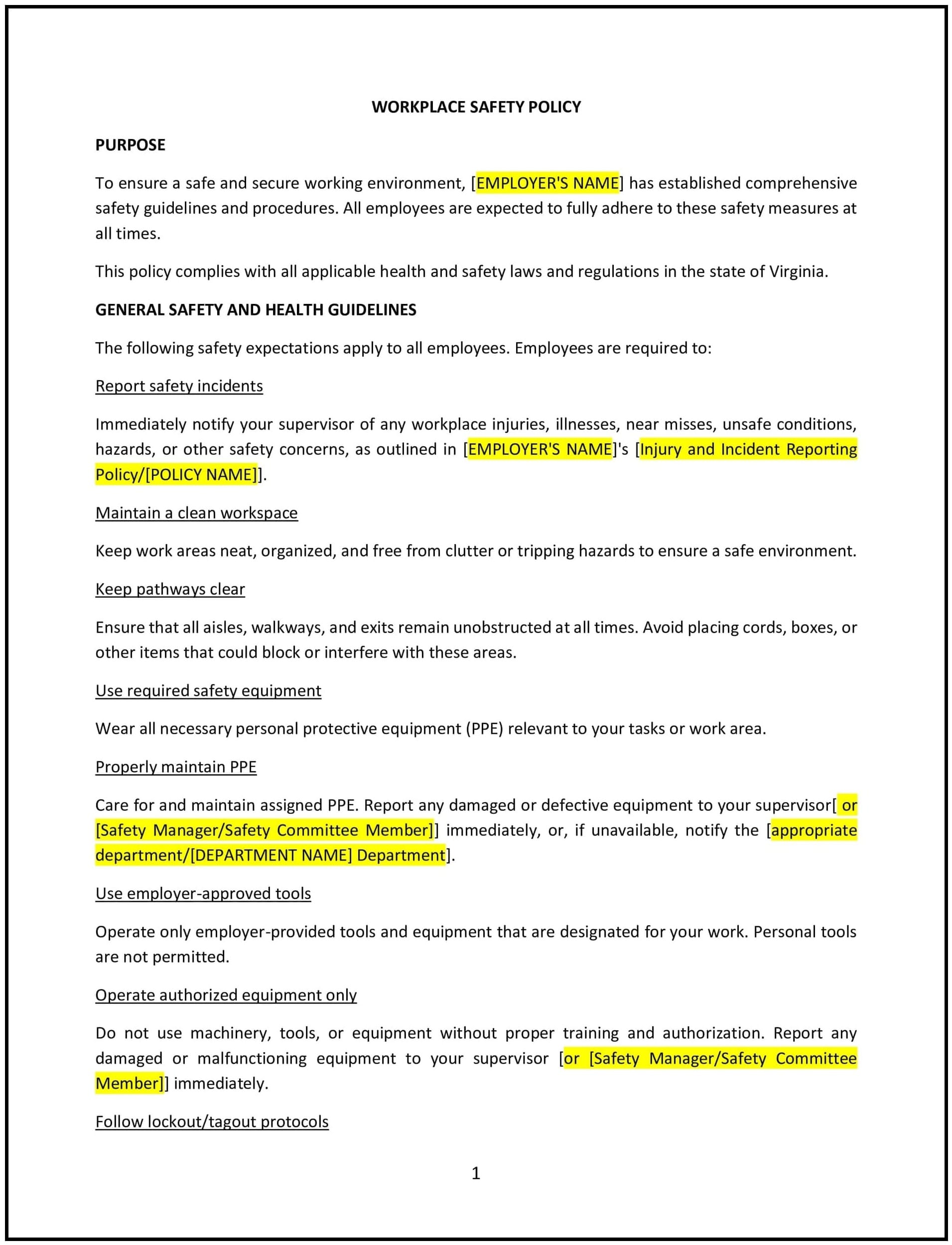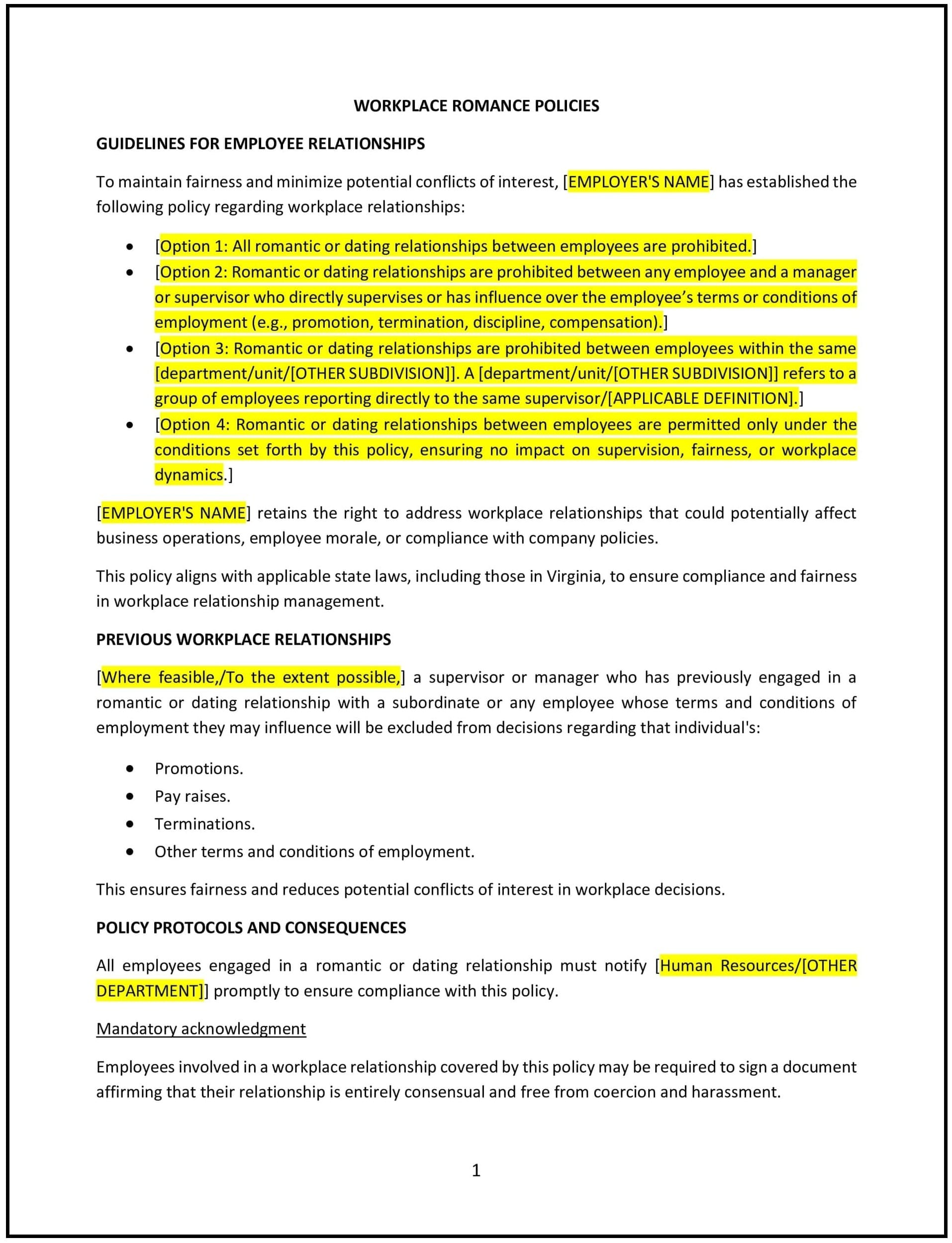Consumer complaints policy (Utah): Free template

Consumer complaints policy (Utah)
This consumer complaints policy is designed to help Utah businesses establish procedures for handling customer complaints effectively and professionally. It outlines steps for receiving, investigating, and resolving complaints to maintain customer satisfaction and trust.
By adopting this policy, businesses can improve customer relations, address issues proactively, and align with general best practices for complaint resolution.
How to use this consumer complaints policy (Utah)
- Define complaint channels: Specify how customers can submit complaints, such as via phone, email, or online forms.
- Establish response timelines: Outline the timeframe for acknowledging and resolving complaints.
- Train employees: Educate staff on handling complaints professionally and empathetically.
- Investigate complaints: Provide guidelines for investigating complaints thoroughly and impartially.
- Resolve issues: Outline steps for resolving complaints, including offering refunds, replacements, or other remedies.
- Document complaints: Maintain records of all complaints and their resolutions for accountability and analysis.
- Review and update: Regularly assess the policy to ensure it aligns with customer needs and business goals.
Benefits of using this consumer complaints policy (Utah)
This policy offers several advantages for Utah businesses:
- Improves customer satisfaction: Demonstrates a commitment to addressing customer concerns promptly and professionally.
- Enhances reputation: Builds trust and loyalty by showing customers that their feedback is valued.
- Reduces disputes: Helps resolve issues before they escalate into larger conflicts or legal disputes.
- Aligns with best practices: Provides a structured approach to managing customer complaints effectively.
- Supports continuous improvement: Identifies recurring issues and opportunities for improving products or services.
Tips for using this consumer complaints policy (Utah)
- Communicate the policy: Share the policy with employees and make it accessible to customers.
- Provide training: Educate employees on handling complaints professionally and empathetically.
- Monitor compliance: Regularly review complaint records and resolution times to ensure adherence to the policy.
- Address recurring issues: Identify patterns in complaints and take corrective action to prevent future issues.
- Update regularly: Assess the policy annually to ensure it aligns with customer needs and business goals.
Q: How does this policy benefit businesses?
A: By addressing customer complaints effectively, businesses can improve satisfaction, build trust, and reduce disputes.
Q: What should businesses do if a complaint cannot be resolved immediately?
A: Businesses should acknowledge the complaint, provide a timeline for resolution, and keep the customer informed throughout the process.
Q: How can businesses ensure employees handle complaints professionally?
A: Businesses should provide training on complaint resolution and monitor employee interactions with customers.
Q: What should businesses do if a customer is unsatisfied with the resolution?
A: Businesses should escalate the issue to a supervisor or manager and explore alternative solutions to satisfy the customer.
Q: How often should businesses review this policy?
A: Businesses should review the policy annually or as needed to ensure it aligns with customer needs and business goals.
This article contains general legal information and does not contain legal advice. Cobrief is not a law firm or a substitute for an attorney or law firm. The law is complex and changes often. For legal advice, please ask a lawyer.


